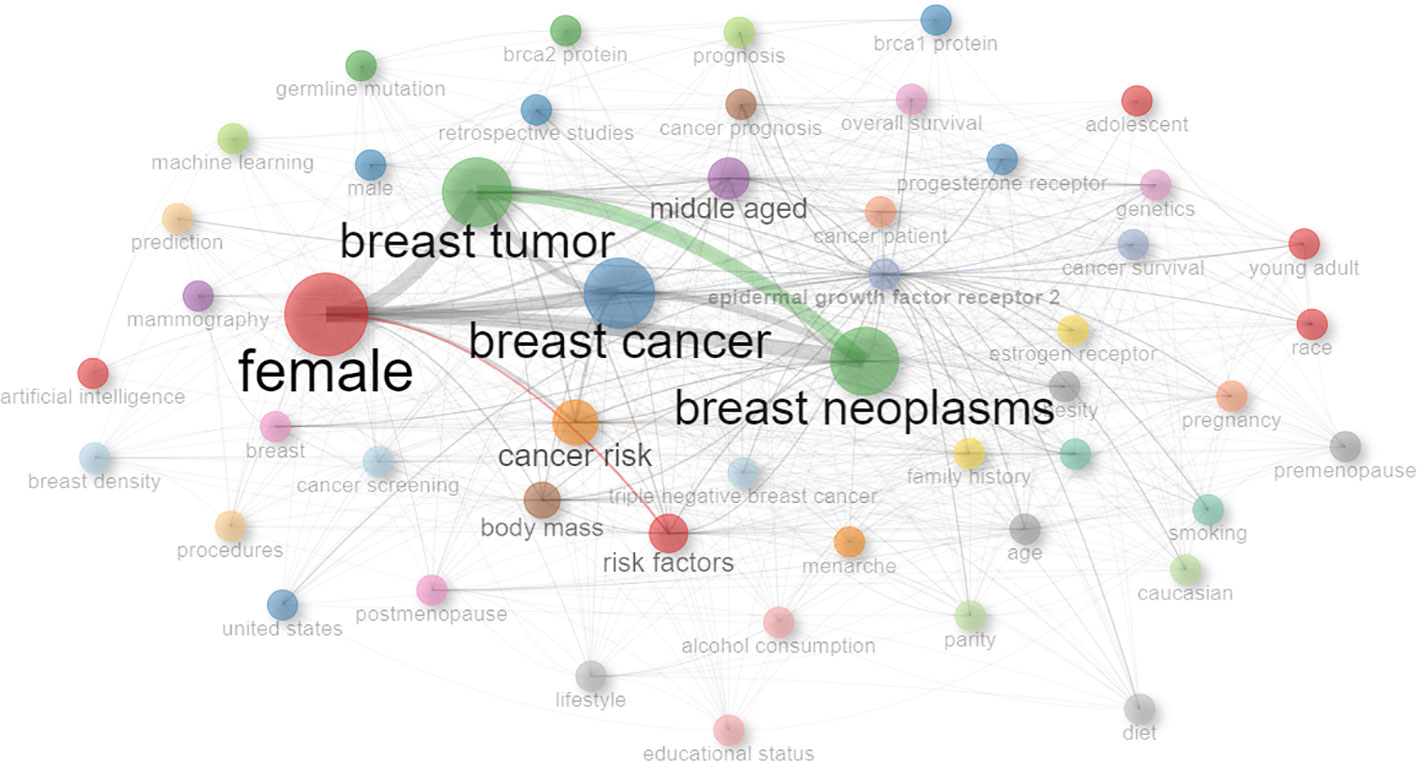
When individuals contemplate breast cancer, they often envision women who are middle-aged or older. The pink ribbons, awareness initiatives, and even medical guidelines predominantly concentrate on adults. What is rarely mentioned is that, while infrequent, breast cancer can strike teenagers. And when it does, the diagnosis is frequently postponed, leading to life-altering consequences for the young individual.
Adolescent breast cancer is exceptionally rare, representing less than 1 percent of total breast cancer cases. The majority of breast lumps in teenagers are benign fibroadenomas, which are non-threatening and often resolve spontaneously. Consequently, both healthcare professionals and families tend to regard a lump in a teenager as not worrisome. However, for the small number of adolescents who develop breast cancer, that assumption can result in losing the critical timeframe where early detection might have protected them from more severe treatments and lasting repercussions. Survival statistics for breast cancer are closely linked to the stage at which it is diagnosed: Five-year survival rates surpass 90 percent when identified early but fall sharply if detection is postponed.
This presents a challenging diagnostic predicament. Pediatricians are hesitant to expose every teen with a lump to unnecessary testing or invasive procedures. Yet, leaning too far in the opposite direction, by assuming every lump is harmless, can lead to the oversight of rare but significant cases. The key is maintaining vigilance: listening to young patients, documenting thoroughly, following up, and escalating concerns when something seems off.
Equally pressing is the void in education. While teenagers receive instruction about menstruation, nutrition, contraception, and mental health, discussions about breast health rarely occur. Many young women enter adulthood without having learned how to identify normal changes in their breasts or how to voice concerns if something feels amiss. This lack of dialogue leaves them ill-equipped and less aware of potential abnormalities.
Educating about breast health should be as standard as teaching about menstrual health. Girls need to acquire both breast awareness (recognizing what is normal for their developing bodies) and the essentials of a self-breast exam: how to detect visible changes, how to identify unusual lumps, and the optimal times in their cycle to perform checks. Normalizing this knowledge does not instill unnecessary fear; it fosters confidence, body literacy, and the ability to advocate for one’s health.
The implications extend beyond medical outcomes. A delayed diagnosis in a teenager means facing cancer in the midst of schooling, friendships, and early aspirations. It raises concerns about body image, fertility, and identity long before many young people are ready to contemplate these issues. These challenges intensify when adolescents feel unprepared and realize that no system was designed with their needs in mind.
We can alter this reality. Pediatricians can initiate age-appropriate dialogues regarding breast health during routine visits. Schools can incorporate breast self-awareness and self-examination fundamentals alongside lessons on puberty and sexual health. Parents can foster open environments where daughters feel comfortable voicing concerns without fear of dismissal. And the medical community can continue balancing reassurance and vigilance, avoiding alarmism while remaining attentive to what could potentially save a life.
Breast cancer in teenagers may be uncommon, but when it occurs, it transforms a young life irrevocably. We owe it to our girls to ensure that early education and diligent vigilance are consistently prioritized.
Callia Georgoulis is a health writer.